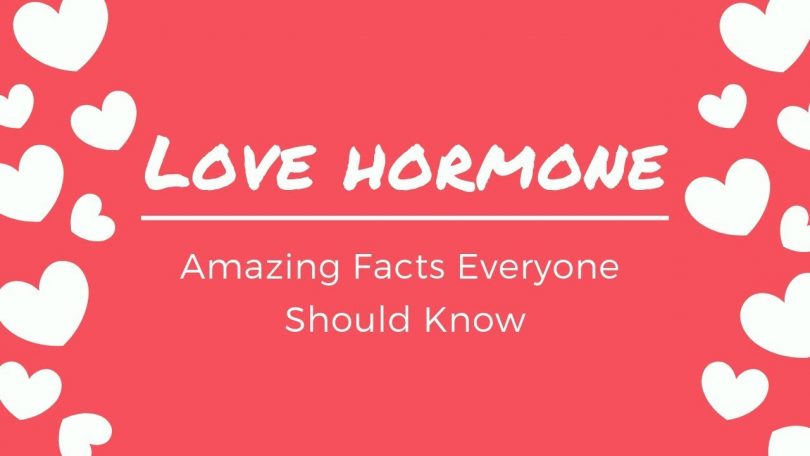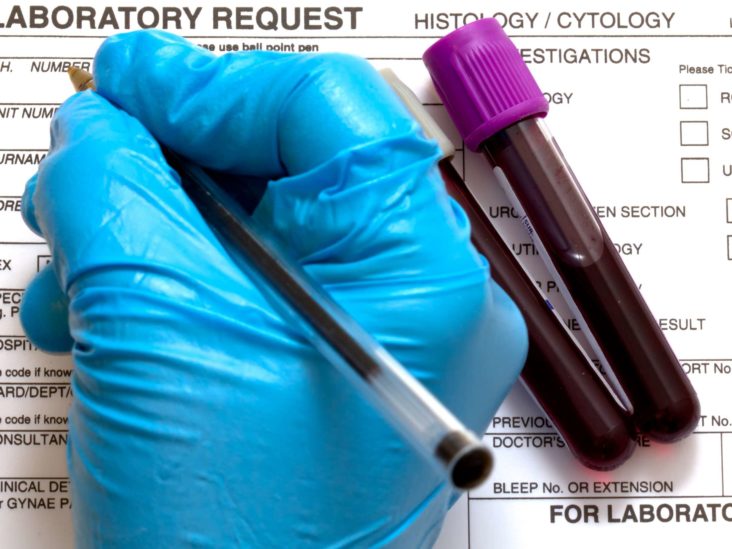The Hormone of Labor, Love, and More
Oxytocin is a hormone and chemical messenger produced in the brain. While best known for its key role in childbirth and breastfeeding, oxytocin is also called the “love hormone” for its role in parent-child bonding and pair (couple) bonding.
Oxytocin also appears to play a role in various emotional, social, and cognitive processes, like enhancing mood, sexual arousal, and social memory.
Production of Oxytocin
Oxytocin is primarily produced in nerve cells that are located in a small structure within the brain called the hypothalamus. Once produced, oxytocin is transported to and stored in the posterior pituitary gland.
Triggers cause oxytocin to be released into the bloodstream from the pituitary gland. Besides the bloodstream, oxytocin is also released back into the brain—so that even more oxytocin can be released (this is called a positive feedback mechanism).
Roles of Oxytocin
Oxytocin plays many different roles in the body. Here is a summary of some of the most notable ones:
Childbirth

Throughout pregnancy, blood oxytocin levels gradually increase. Then, during labor, strong and frequent pulses of oxytocin are released into the maternal bloodstream and brain in order to stimulate uterine muscle contractions. The largest oxytocin pulse is released at birth.
Pulses of oxytocin continue after delivery in order to help prevent excessive postpartum bleeding (by shrinking the uterus) and to warm the mother’s chest for skin-to-skin contact with the baby.2
High levels of oxytocin during childbirth also contribute to several positive psychological effects for the mother. Some of these effects include:1
- Reducing pain and anxiety
- Enhancing well-being
- Promoting interaction and bonding with the baby
While oxytocin is a natural hormone, it may be administered synthetically (the brand name being Pitocin) to induce or augment labor or to prevent or treat postpartum bleeding.
Breastfeeding

When a baby is nursing, oxytocin is released, allowing milk to be let down from the mammary glands in the mother’s breast. Besides stimulating the milk letdown reflex, oxytocin reduces a mother’s stress and anxiety levels during nursing. Oxytocin also promotes positive maternal feelings and emotions towards the baby.
Even more, one 2020 study found that among mothers who breastfed daily, those who had increased levels of oxytocin after breastfeeding had an enhanced ability to recognize positive (happy) adult facial expressions.4
While this finding needs more investigation, it supports oxytocin’s potential additional role in social recognition and cognition.
Parent and Pair Bonding
/GettyImages-1183776767-df5d3b8097624139a5bf53d257cc51d6.jpg)
Oxytocin plays a prominent role in the parent-infant bond and attachment. Research has consistently shown that interactive behaviors (e.g. parents touching, gazing at, or playing with their baby) promotes social synchrony, which is associated with parental oxytocin release.5
Interestingly, this parental oxytocin release, along with early caregiving behaviors, has been found to shape a child’s oxytocin response.6 This finding highlights not only the complexity of oxytocin, but also just how important the role of parenting is to shaping a child’s brain.
Oxytocin also appears to be a hormone of bonding and attachment for couples in love.
In a 2012 study, individuals in the early stages of dating (three months) of a romantic relationship had significantly higher blood levels of oxytocin when compared to single individuals.7 The high oxytocin levels in the lovers persisted and showed no decrease when re-evaluated six months later.
Of course, since oxytocin levels were not measured before the start of the relationship, it’s hard to say whether the higher oxytocin levels were a result of the actual relationship or a reflection of the person—maybe people with naturally higher oxytocin levels are more likely to seek out a romantic relationship or fall in love.
Nevertheless, this study further supports the idea that oxytocin influences human attachment and bonding, whether that’s love for a child or a partner.
Sexual Response

Oxytocin levels in a person’s bloodstream have been found to be elevated during partner physical contact (e.g., hugging and massages), sexual arousal, and orgasm in both men and women.8 These increased levels indicate the key role that oxytocin plays in relationships, both romantically and sexually, between partners.
To translate this finding into a therapeutic potential, investigators of a small 2014 study analyzed the effects of oxytocin on sexual response when it was given intranasally (through the nose) in 29 healthy heterosexual couples.9
Intranasal oxytocin was found to increase the intensity of orgasm and contentment after sex. In addition, men reported higher levels of sexual satiety after sex. Women reported feeling more relaxed and having a better ability to share sexual desires with their partners.
That said, the study was small and the overall findings were not overwhelming. More studies are needed to better understand oxytocin’s role (and safety and efficacy as a possible drug) in sexual behavior and response.
Other
Besides the above-mentioned roles, oxytocin may be a player in:8
- Increasing emotional empathy10
- Improving the self-perception of one’s personality and openness to experiences11
- Increasing positive communication between partners12
- Enhancing compassion toward women in both men and in women 13
- Reducing stress and improving a person’s sense of well-being14
Investigational research also suggests that the dysregulation of oxytocin in the brain may contribute to the development of certain neuropsychiatric conditions, such as:15
- Autism
- Eating disorders
- Schizophrenia
- Anxiety disorders
Studies on oxytocin as a possible therapy for the above disorders are accumulating and ongoing.


